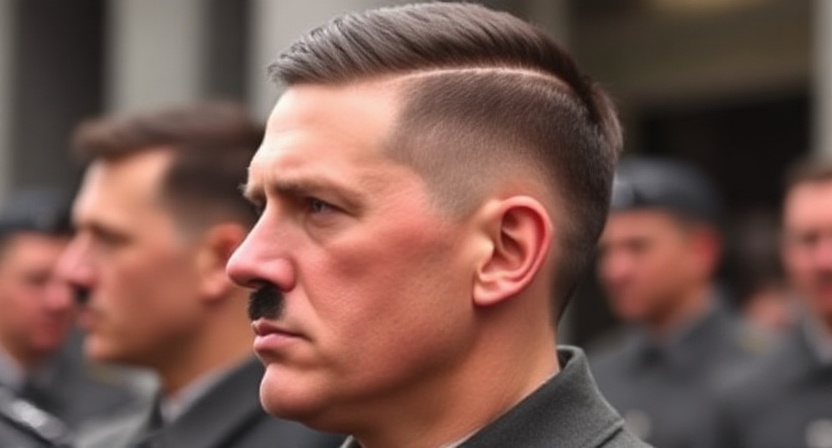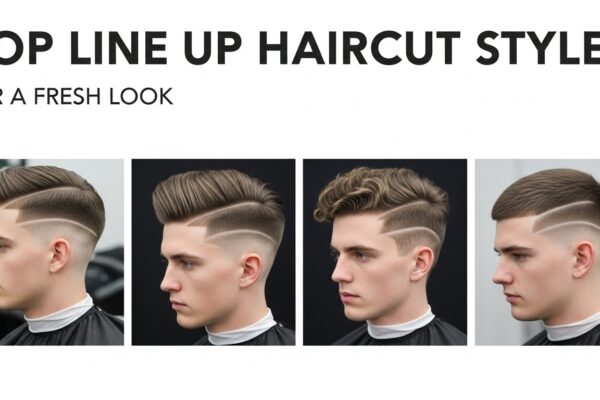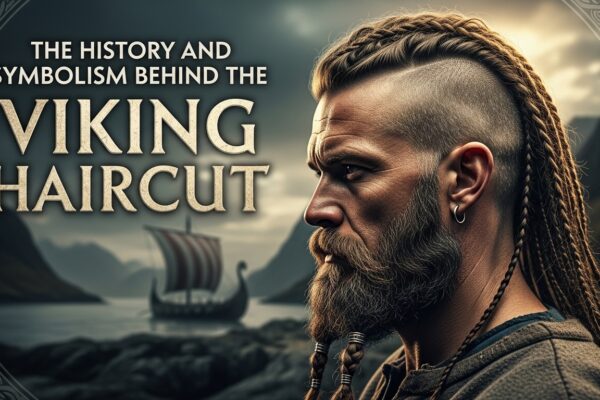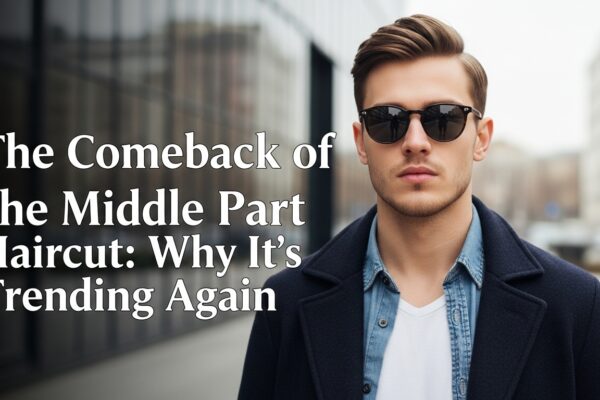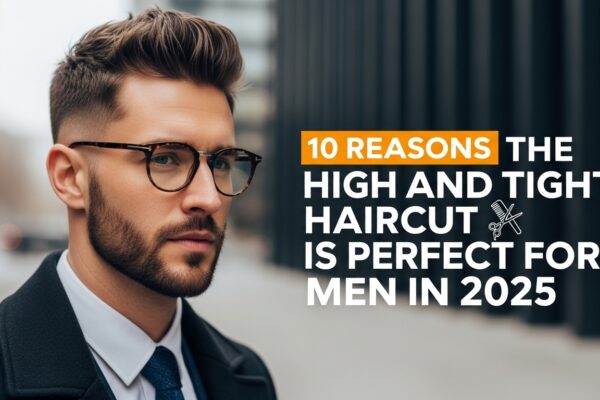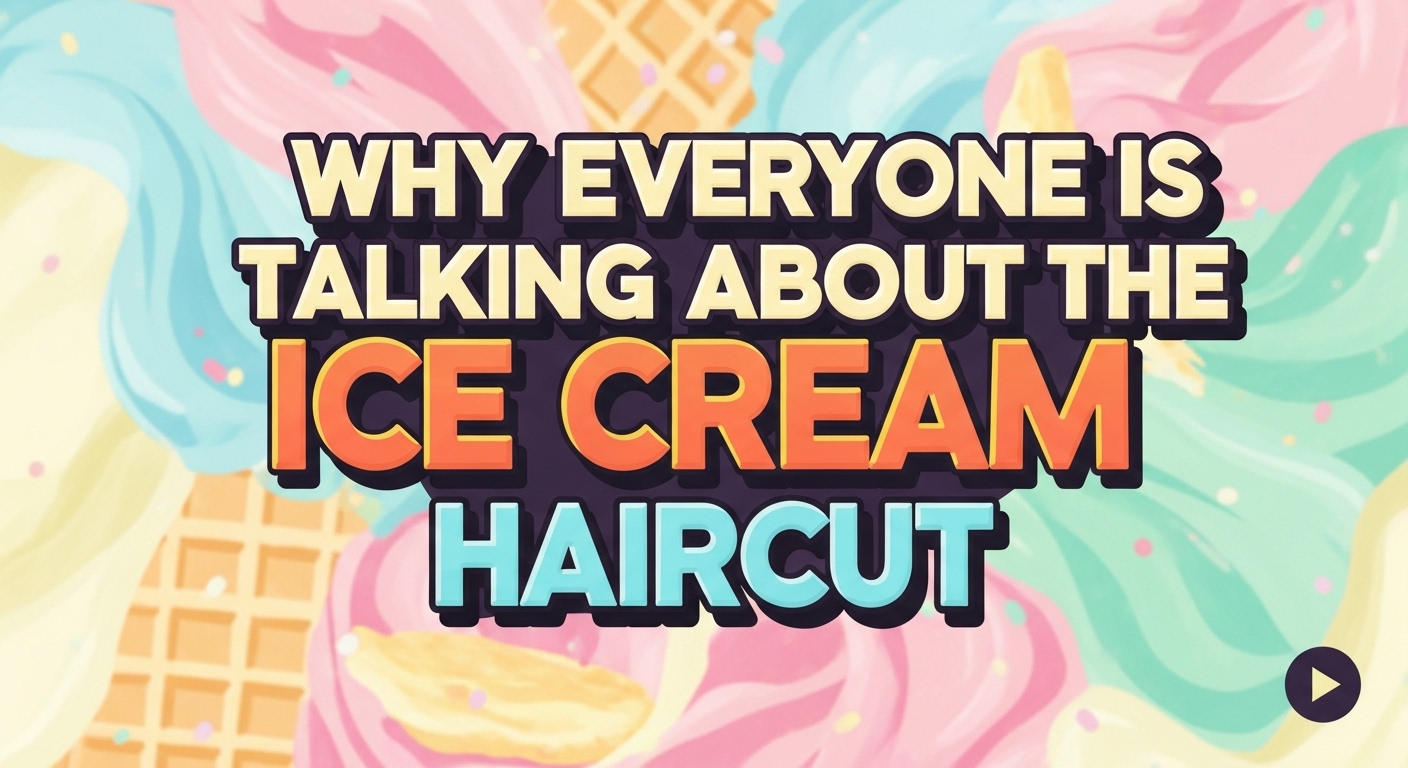If you saw World War II old films or just grainy black and white photos from the 1930s, the first thing you would notice of Adolf Hitler besides the small square mustache would not only be the mustache but also the hair. That was the stiff, side-parted, slightly boxy and slicked hair style that people later called the Hitler haircut. It’s very peculiar how something as normal as a haircut can have so much cultural baggage. Haircut is generally just a change of hair.
But here, it turned into the symbol of hate, separation, and dictatorship. Not only in Europe at that time, but also as an indicator in today’s pop culture, politics, and fashion-related words.
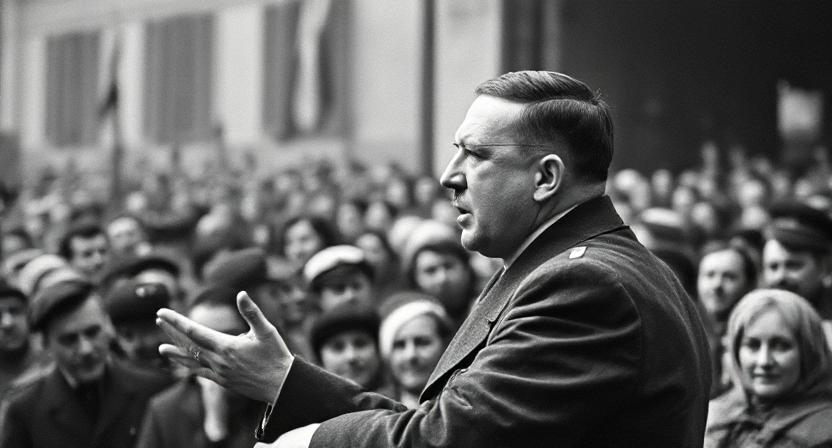
The Origins of the Hitler Haircut
The hairstyle in itself was not solely for him. Many men around the early 1900s had that slick divided style. The barbers named it the “contour cut” or sometimes a “comb-over with a sharp part.” The military guys wanted it because it looked strict and disciplined. Office employees wore it because it gave a tidy look.
Things changed after Hitler’s rise and the haircut stopped being just a haircut. It was merged with his face. In posters, propaganda films or Nazi uniforms, every detail was intentional. The hair was cut to fit the look of stiffness and domination.
The mustache was quite weird, but the hair was the key. Very soon, just seeing the cut — even without the uniform — made people instantly recall the person. And this link never disappeared, much like how a line up haircut today becomes a signature style that people recognize right away.
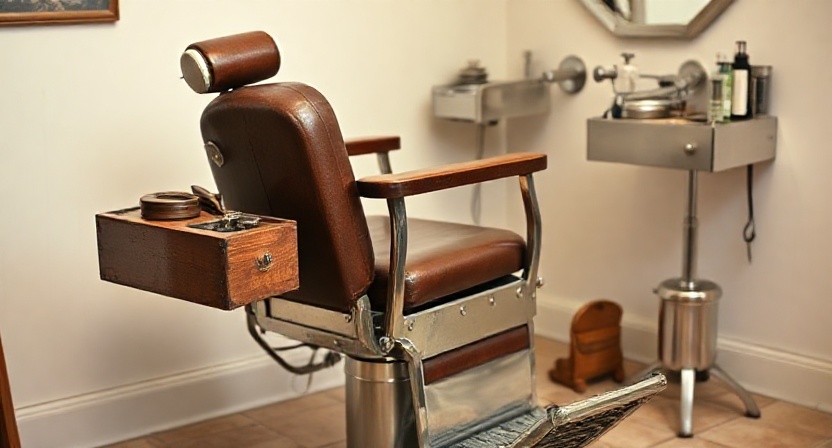
When a Haircut Stops Being Just Hair
What if we take a look at it from this perspective: most styles in fashion or grooming come back in a cycle of only a few decades. Flared jeans, mullets, shaggy perms, all of these returns. But the Hitler haircut didn’t come back.
And the rest of society saw that. Even if a random person wore that haircut innocently, others might assume hostility or allegiance. Which points out how one style that was once considered ordinary has transformed into a symbol loaded with meaning.
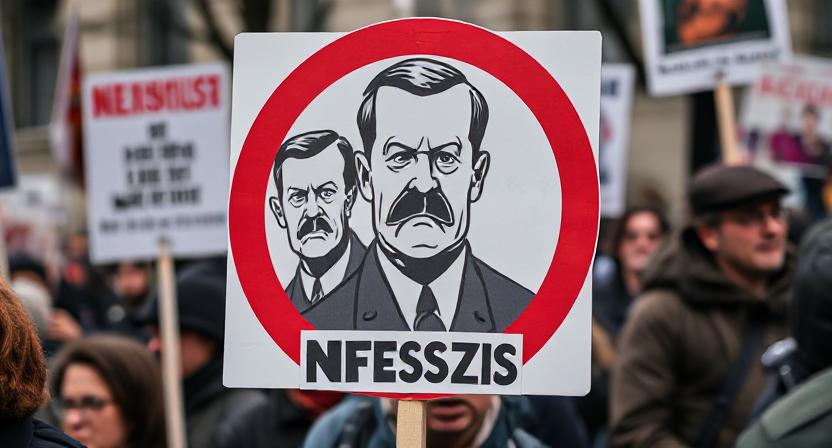
Pop Culture and Parody
One of the ways through which the connection was being constantly made was the usage of puppets, cinema and laughing at the absurd.
Since Charlie Chaplin’s The Great Dictator to current-day sketches, that haircut along with the mustache are easily recognized visuals of fascism. They say you don’t even need a name tag you see the hair, you already know to whom it refers.
Fashion’s Awkward Relationship
Occasionally, the world of high fashion will accidentally intersect with this particular style, be it on a runway or in an avant-garde editorial.
There will be a model sporting a similar slicked part, and just like that, the internet will have found another one.
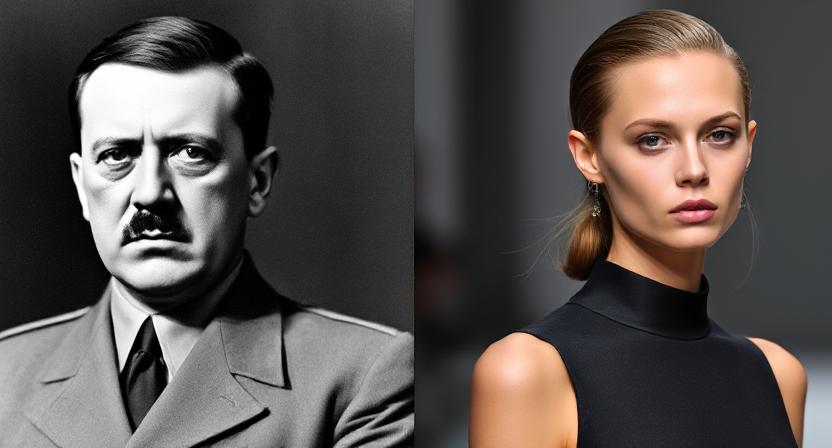
Why Symbols Like This Stick
Hair has its cultural significance. For instance, long hair, shaved heads, dreadlocks, short haircuts—all of them come with their background.
The Hitler haircut stands out among the rest because it has been associated not only with the man but with the whole ideology.
The Unspoken Rule in Barbershops
Barbers do not usually advertise it, but they are aware of it. It is surprising if someone chooses that sit-down and asks for a haircut like that — then the barbers’ reaction will be seen on their faces. It’s a bold request, much like asking for a Viking haircut, which carries a strong cultural and historical vibe.
They could even say, “Are you sure you want that?” Without them having to say anything, the unspoken rule is evident: that haircut is a heavy one, and most people do not want to touch it.
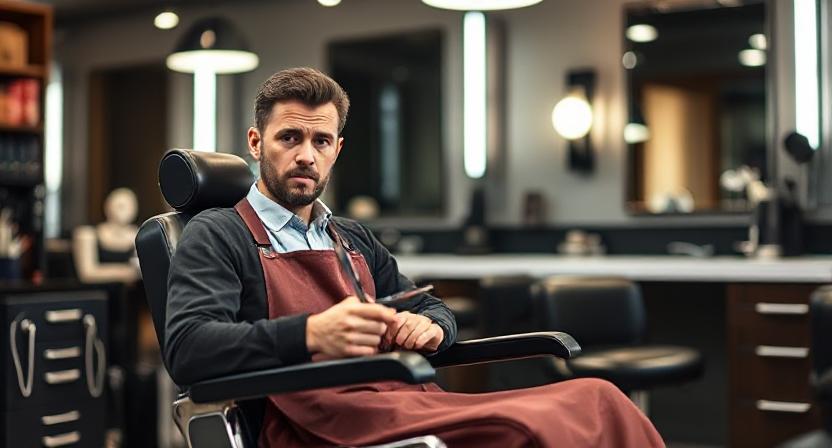
Neutral Haircuts vs Symbolic Haircuts
| Haircut Style | Cultural Meaning | Reclaimed in Modern Times? |
|---|---|---|
| Buzz Cut | Military, clean, sometimes linked to skinheads | Yes |
| Bowl Cut | Nerdy, awkward, childhood innocence | Yes |
| Afro | Pride, identity, resistance | Yes |
| Hitler Haircut | Fascism, hate, authoritarianism | No |
Final Thoughts
One weird thing is that hair will grow back. Styles lose their popularity. Nevertheless, that one haircut has become inseparable from hate. You can’t wear it in a casual way. You can’t make it new. It is still there in history as untouchable as the swastika it’s connected to.
It turns out that this might be the real lesson: even the tiniest visual attribute, like where an individual’s hair is parted, can be more loud than words if it is associated with power and violence.
Hence, the Hitler haircut is still different from any other. Not as a style but as a sign of caution.
FAQs
1. Why is the Hitler haircut controversial?
The reason is that people saw it directly connected to Adolf Hitler and his ideology and thus it is something beyond a mere hairstyle.
2. Did people before Hitler wear the same haircut?
Its widespread use was a century ago, particularly among the military and the office workers, so people had the same haircut.
3. Can the Hitler haircut ever come back as a trend?
No, the weight of the symbolism that the haircut carries is so strong and negative that it will never be casually reclaimed.
4. Why do people still talk about Hitler’s haircut today?
The reason is that the haircuts, mustaches, and uniforms that are visual markers and have gone through history and cultural memory.
5. How do barbers react if someone asks for a Hitler haircut?
Most barbers are in a dilemma position. A few of them definitely reject the request because the style is linked with bad things in history.

James Tony covers everything from classic cuts to trendy styles, helping readers choose the right haircut and maintain healthy, stylish hair. He’s known for his deep dives into hair textures and face shapes, making it easier for anyone to find the perfect look. James believes a good haircut is the first step to great confidence.

